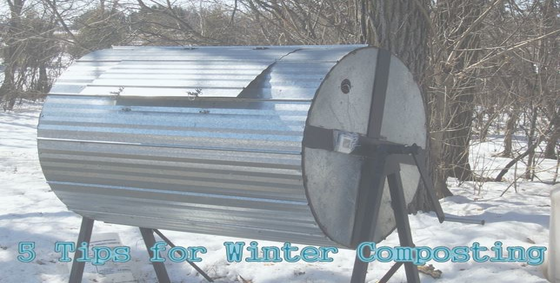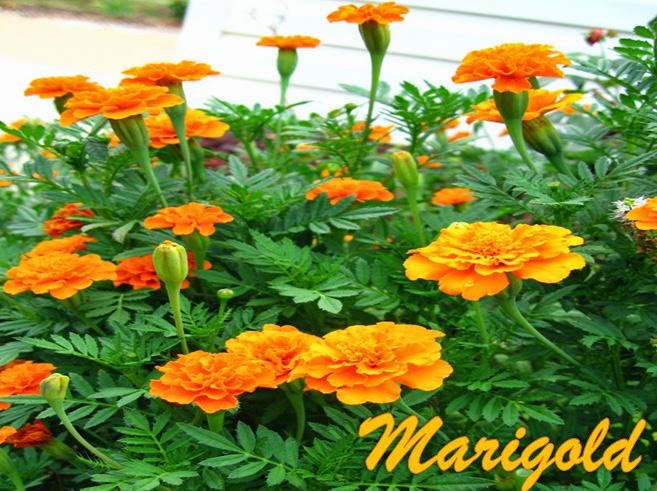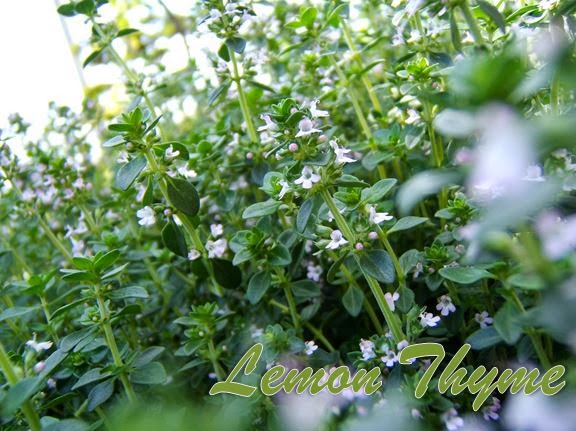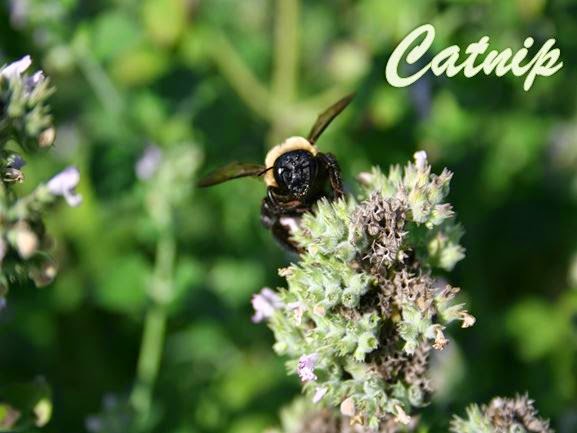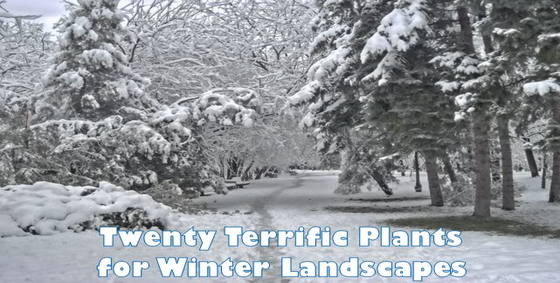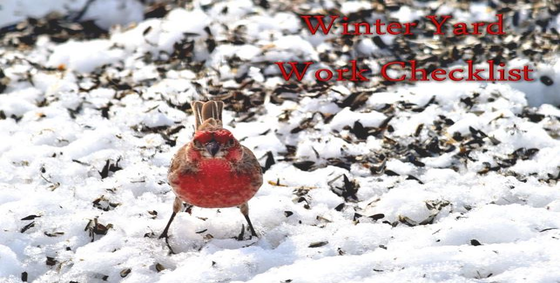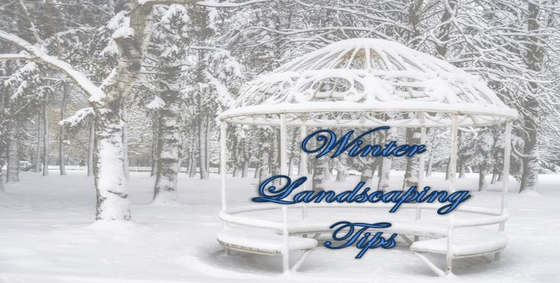This week we deiced to focus on the importance of landscape edging! So here they are… Eight reasons why you should use landscape edging!
- Landscape Edging creates very defining lines between flower beds and other areas. Check out this before and after photo!
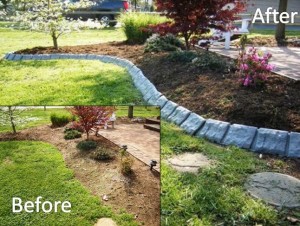
- Although Landscape edging can be most visible between a lawn and the adjoining garden, it can also define a flower border, area around a tree and shrub bed (see image below) or the transition from a patio to the surrounding garden.
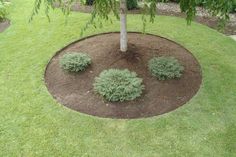
- Landscape edging really emphasizes the lines of beds and leads the eye to the next garden focal point! (Click to Tweet)
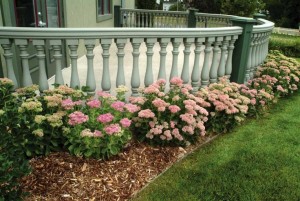
- Landscape edging keeps turf grass from spreading into surrounding garden areas!
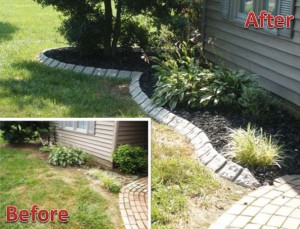
- Landscape edging also keeps soil and mulch from the garden from spilling onto the lawn or pathways!
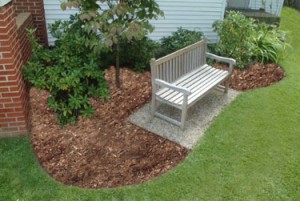
- Landscape edging also contains stones and gravel in defined walkways!
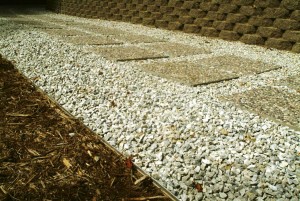
- Taller landscape edging, like our Decorative Stone Edging can direct garden traffic and keep people on defined paths or areas like this playground!
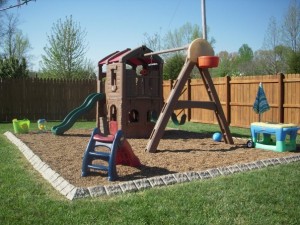
- Lastly, Landscape edging can keep people out of areas where they shouldn’t be, such as planting beds!
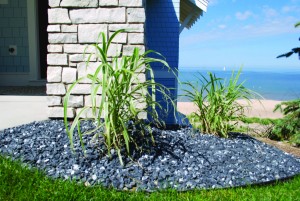
Purchase your landscape edging today from YardProduct.com!
And for a short time only, use the PROMO code “SAVE15″ to get $15 off of a $100 purchase!






